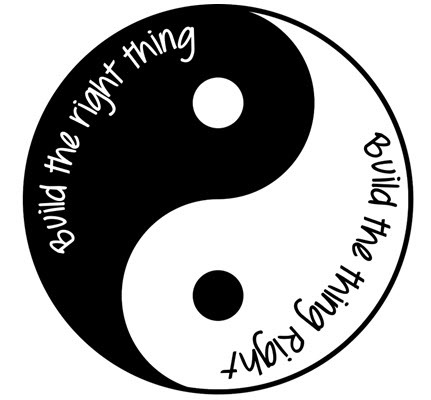Product Owners vs Business Analysts: Roles and Responsibilities in Agile Practices
In agile practices, the roles of Product Owners (PO) and Business Analysts (BA) are distinct but complementary, each contributing to the product development process in unique ways. Understanding the nuances of these roles is crucial for maintaining efficiency and balance within agile teams.
Product Owners: Aligning with Business Goals
A Product Owner is responsible for ensuring that the product aligns with business goals and the product roadmap. They prioritize the product backlog, ensuring that the most valuable and urgent tasks are addressed first. The PO’s primary focus is on the “what” and “why” aspects of the product:
- What should be done: Defining the features and functionalities.
- Why it should be done: Ensuring alignment with business objectives and consumer needs.
Product Owners bridge the gap between the business side and the development team, ensuring that the product delivers maximum value to stakeholders.
Business Analysts: Bridging Technical and Business Requirements
A Business Analyst, on the other hand, possesses strong analytical skills and focuses on the “how” of the product development process. Their responsibilities include:
- Breaking down complex problems or use cases prioritized by the Product Owner into manageable pieces.
- Proposing solutions that meet the defined requirements.
- Eliciting and documenting requirements from stakeholders.
Business Analysts are more involved in the technical and tactical aspects of the production lifecycle, ensuring that the proposed solutions are feasible and efficient.

The Overlap and Interdependency
At first glance, the roles of Product Owners and Business Analysts seem well separated. However, the reality is often more complex. Experience levels can blur the boundaries, with seasoned Business Analysts sometimes taking on tasks typically associated with Product Owners, and vice versa.
This overlap can be beneficial in smaller teams where flexibility is essential. However, it can also lead to conflicts, particularly when one person is responsible for both defining the “what” and “why” and solving the “how.” This dual responsibility can create a feedback loop where the individual may unconsciously bias their decisions to simplify their own tasks, potentially leading to misalignment or inefficiencies.
Do We Need Both Roles in an Agile Team?
The necessity of both roles in an agile team depends on various factors, including team size, project complexity, and team maturity. Ideally, Product Owners and Business Analysts should focus on their core responsibilities to maintain balance and avoid conflicts of interest:
- Product Owners should concentrate on setting priorities and defining the product vision.
- Business Analysts should delve into the technical details and ensure that the proposed solutions are practical and effective.
Maintaining this balance is akin to the Yin and Yang of agile practices. Each role complements the other, and their harmonious interaction is crucial for the team’s success.
Conclusion
Experienced individuals can wear both hats in smaller teams or environments, but larger projects benefit from a clear distinction between these roles. This separation helps prevent conflicts of interest and ensures that both innovation (driven by Product Owners) and technical feasibility (ensured by Business Analysts) are adequately addressed.
Agile teams thrive when Product Owners and Business Analysts maintain a healthy relationship, support each other, and respect their distinct responsibilities. Merging these roles can disrupt this balance, potentially sacrificing either innovation or efficiency depending on which aspect dominates. Therefore, careful consideration and a balanced approach are essential for the successful integration of these critical roles in agile practices.